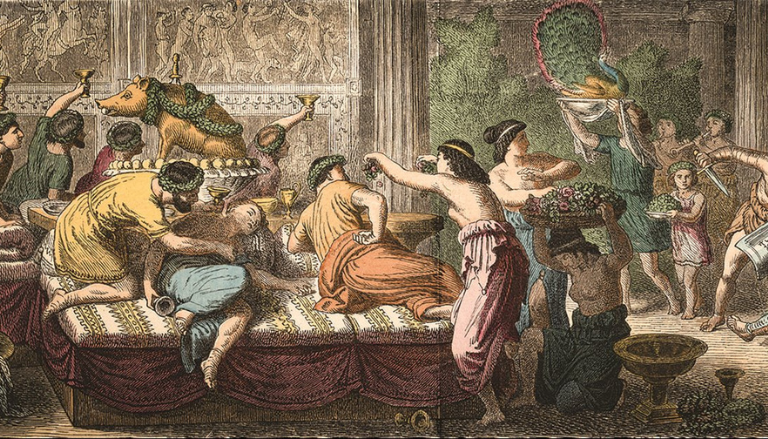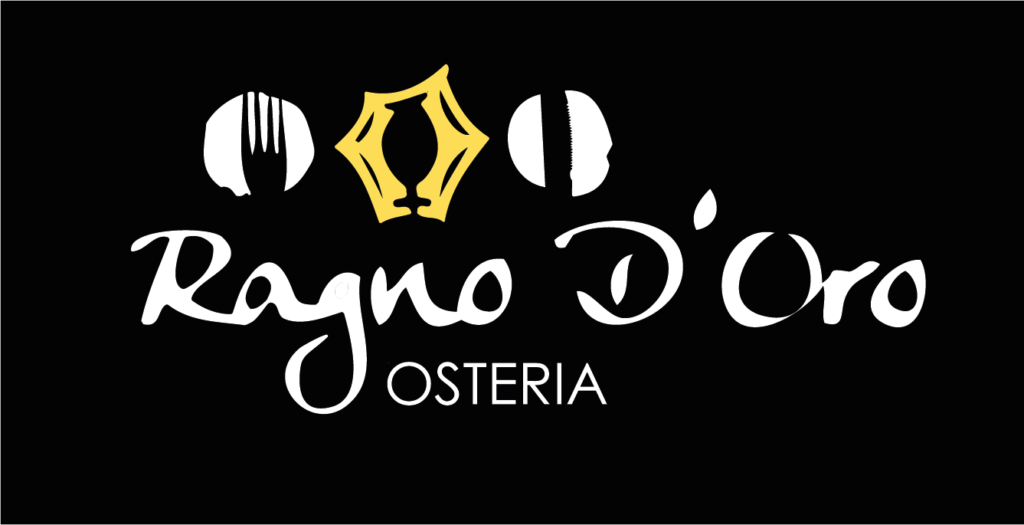Historical curiosities about Roman cuisine

Rome is not only about monuments, but also about flavours with ancient roots. From the tables of the patricians to imperial banquets, Roman cuisine tells stories of empire, innovation and conviviality. Let’s discover some surprising facts behind some of the dishes we still celebrate today. 1. Garum: the Romans’ sauce Made by fermenting blue fish such as sardines in salt and entrails under the sun, garum was the main condiment in ancient Rome, used as liquid salt and even in sweet recipes. Thanks to recent DNA analysis of jars dating back 1,800 years, it is now confirmed that garum was made mainly from sardines, rich in umami and exported throughout the Empire, and can be considered a kind of ketchup of the past. It was so demanded that there were specialised factories producing it, with a commercial network that took it as far as Gaul and Britannia. 2. Wine and oenogarum: bold blends Roman wine was often mixed with water or even vinegar. In some fancy versions, oenogarum, old wine, and garum were mixed together to make a sour and tasty sauce, used as a condiment or an interesting drink. The Romans thought drinking pure wine was barbaric and liked it flavoured with honey, spices, or rose petals. 3. Roman-style tripe, from poor man’s food to cultural symbol Once an essential food source for slaughterhouse workers, tripe has become a staple of traditional Roman cuisine, enhanced with tomato, fresh mint and pecorino cheese: proof of how the “fifth quarter” (offal, entrails and less prized cuts) has become popular art. 4. Legumes and cheese: the heart of the peasant diet Beans, lentils, chickpeas and sheep’s cheese were the basis of the plebeians’ diet. Cheeses were even given as gifts during Saturnalia, ancient festivities dedicated to the god Saturn, which included banquets and exchanges of gifts, with dedications in poetic verse and scented with honey or herbs. 5. Thermopolia and Isicia Omentata: when fast food was already Roman Tabernae served quick meals, especially to the working classes. Among the most interesting dishes was Isicia Omentata, meatballs or “burgers”, an ancestor of the modern hamburger, seasoned with garum and spices. Thermopolia, kiosks with pots built into masonry counters, were the heart of fast food for those who could not cook at home. 6. Sweet and savoury: the most unusual recipes The Romans loved bold combinations: pear paté with eggs, honey, pepper and garum; gustum de praecoquis with spiced apricots in a sweet and spicy sauce. These combinations surprise the modern palate. These recipes, handed down by Apicius in his ‘De Re Coquinaria’, were intended to surprise guests and reflected a taste for the exotic and contrasting flavours. 7. Spices of the Empire The Roman Forum was home to the Pepper Warehouse (Horrea Piperataria), where pepper and spices imported from India and Egypt were stored, a true symbol of imperial power and control over the trade in precious aromatics. Black pepper was so valuable that it was also used as currency and given as a diplomatic gift. 8. Bread and sociability Bread, which originated in the 1st century AD, was the staple food and accompanied every meal, offered in different versions depending on social class: wholemeal, spelt, siligineus and even flatbread. In any case, in Rome and throughout the Empire, it was also provided to soldiers, to the sailors in their own version and to the poorest citizens, so that no one would go without it. Bakeries were widespread and often linked to a domus or artisan workshop. Every Roman dish preserves echoes of the past: a mix of pragmatism, taste, imagination and economy. Come and discover the modern variations at Ragno d’Oro, where tradition meets the flavour of modern Rome.
